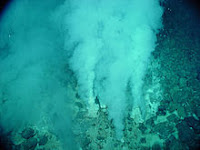1. Explain how cartilaginous and bony fish regulate the salt found in the water.
-Bony fish drink a lot of seawater to say hydrated. With cartilaginous fish, they are expected over the gills
-Bony fish drink a lot of seawater to say hydrated. With cartilaginous fish, they are expected over the gills
2. What are some key difference in life history between cartilaginous fish and bony fish?
-Cartilaginous fish= slow reproducing
-bony fish= fast reproducers.
3. Describe how sharks reproduce.
-Some sharks grasp the females pectoral fins, or bite and hold onto the body.








































